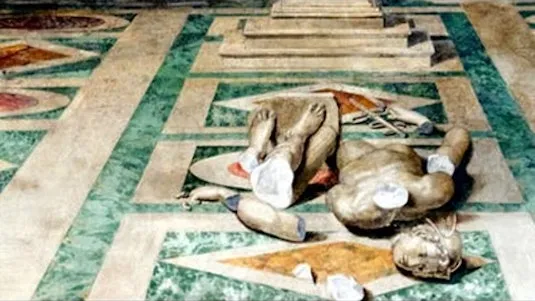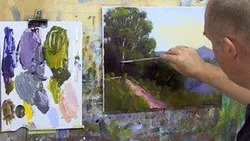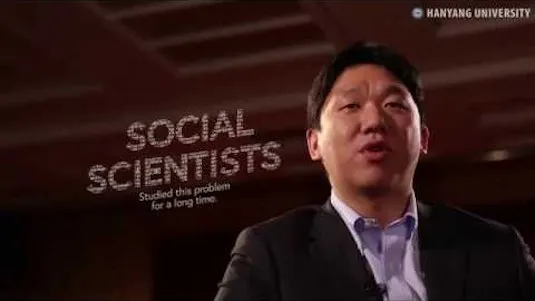
Antiquities Trafficking and Art Crime 
This course will explore the world of art crime and antiquities trafficking. Learn how art is stolen, trafficked, found, and returned, and how to protect our heritage from theft, illegal sale, and destruction. Get answers from those fighting to save the world’s precious artefacts. No prior knowledge is required. Join us to learn more! ▼
ADVERTISEMENT
Course Feature
![]() Cost:
Cost:
Free
![]() Provider:
Provider:
Futurelearn
![]() Certificate:
Certificate:
Paid Certification
![]() Language:
Language:
English
![]() Start Date:
Start Date:
23rd Mar, 2020
Course Overview
❗The content presented here is sourced directly from Futurelearn platform. For comprehensive course details, including enrollment information, simply click on the 'Go to class' link on our website.
Updated in [May 25th, 2023]
This course provides an overview of the global problem of antiquities trafficking and art crime. Learners will gain an understanding of the history of art crime, the motivations behind it, and the methods used to steal, traffic, and sell art and antiquities. They will also explore the efforts of law enforcement, archaeologists, and other professionals to protect our heritage from theft, illegal sale, and destruction. Through case studies, videos, and interactive activities, learners will gain an understanding of the challenges and solutions to this global problem.
[Applications]
Upon completion of this course, learners will have a better understanding of the global art crime and antiquities trafficking problem, and the strategies used to combat it. They will be able to apply this knowledge to their own work, whether it be in the field of law enforcement, archaeology, or art history. They will also be able to use the resources provided to help protect and preserve our cultural heritage.
[Career Paths]
1. Art Crime Investigator: Art crime investigators are responsible for investigating and prosecuting cases of art theft, fraud, and trafficking. They work with law enforcement, museums, and other organizations to identify stolen art and artifacts, and to ensure that they are returned to their rightful owners. As the demand for art and antiquities increases, the need for art crime investigators is expected to grow.
2. Art Restorer: Art restorers are responsible for restoring and preserving art and artifacts. They use a variety of techniques to repair damage caused by age, wear, and environmental factors. As the demand for art and antiquities increases, the need for art restorers is expected to grow.
3. Art Historian: Art historians are responsible for researching and studying the history of art and artifacts. They use a variety of methods to analyze and interpret works of art, and to understand the cultural and historical context in which they were created. As the demand for art and antiquities increases, the need for art historians is expected to grow.
4. Archaeologist: Archaeologists are responsible for researching and studying the history of ancient civilizations. They use a variety of methods to uncover and analyze artifacts, and to understand the cultural and historical context in which they were created. As the demand for art and antiquities increases, the need for archaeologists is expected to grow.
[Education Paths]
1. Bachelor of Arts in Art History: This degree path focuses on the study of art and its history, from ancient to modern times. Students will learn about the history of art, its production, and its impact on society. They will also gain an understanding of the legal and ethical issues surrounding the art world. This degree path is ideal for those interested in pursuing a career in the art world, such as museum curators, art dealers, and art conservators.
2. Master of Arts in Art Crime and Cultural Heritage Protection: This degree path focuses on the study of art crime and the protection of cultural heritage. Students will learn about the legal and ethical issues surrounding the art world, as well as the methods used to protect cultural heritage from theft, destruction, and illegal sale. This degree path is ideal for those interested in pursuing a career in the field of art crime and cultural heritage protection, such as art crime investigators, art conservators, and museum curators.
3. Doctor of Philosophy in Art History and Archaeology: This degree path focuses on the study of art and its history, from ancient to modern times. Students will learn about the history of art, its production, and its impact on society. They will also gain an understanding of the legal and ethical issues surrounding the art world. This degree path is ideal for those interested in pursuing a career in the field of art history and archaeology, such as museum curators, art conservators, and art historians.
4. Master of Science in Art Conservation: This degree path focuses on the study of art conservation and preservation. Students will learn about the methods used to protect and preserve artworks, as well as the legal and ethical issues surrounding the art world. This degree path is ideal for those interested in pursuing a career in the field of art conservation, such as art conservators, museum curators, and art historians.
Course Provider

Provider Futurelearn's Stats at AZClass
Discussion and Reviews
0.0 (Based on 0 reviews)
Explore Similar Online Courses

Node JS API Development for Beginners

Learn To Paint - Oil Painting & Acrylic Painting Free Course

Python for Informatics: Exploring Information

Social Network Analysis

Introduction to Systematic Review and Meta-Analysis

The Analytics Edge

DCO042 - Python For Informatics

Causal Diagrams: Draw Your Assumptions Before Your Conclusions

Whole genome sequencing of bacterial genomes - tools and applications

Criminology and Criminal Psychology Certified CSI+ Course

Criminology : Fundamentals of Criminal Psychology and Law


Start your review of Antiquities Trafficking and Art Crime